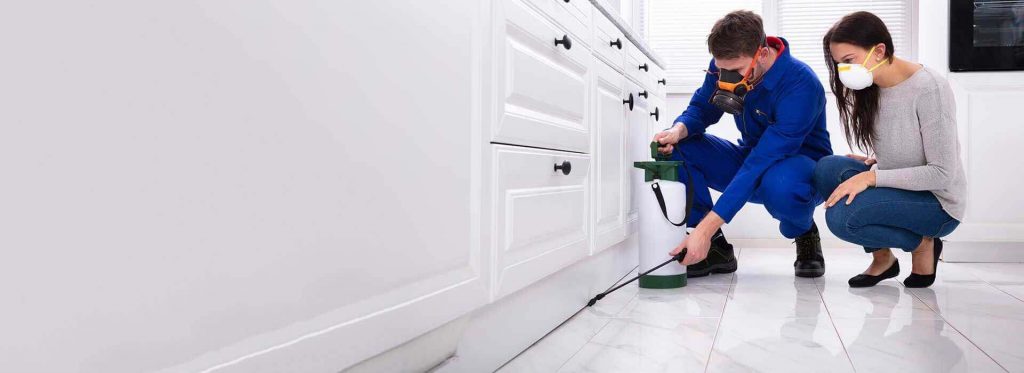Termites are small, wingless insects that feed on wood, cellulose, and other plant materials. They are social insects that live in colonies and feed on the products of a single nest.
Termites have been around for about 100 million years. Their name comes from their tendency to build large mounds of soil called termitaria which they use as shelter from predators. Termite control is a common practice in homes and businesses to prevent infestation of these bugs.
There are many companies for Termite control in Melbourne, you can contact them for your termite problem.
How Does the Termite Cycle Work?
Termites are one of the most common pests in the world. They are social insects and live in colonies with a single queen and several thousand workers.
The Termite Cycle is a termite’s life cycle that is divided into four stages: egg, larva, pupa, and adult. The cycle begins with the queen laying eggs in moist soil or wood near food sources. The eggs hatch into larvae which then go through three different stages of development before becoming an adult termites.

A termiticide is any substance that kills or repels termites. There are many types of termiticides available for use on household items such as wood furniture or appliances but they are not safe to be used on food sources such as crops or livestock.
How Can You Prevent Termite Infestation?
Termite infestation is a common problem that can be prevented by taking preventative measures. The most important thing to remember is that termites build their nests in the soil, they are not attracted to anything outside of the ground.
The first step when trying to prevent termite infestation is to identify a potential nest and seal it off. This can be done by covering the area with a layer of gravel or crushed stone and then sealing it off with concrete, wood, or metal.
This helps prevent the entry of termites into your home because they cannot crawl through these barriers. If you are worried about your foundation, you can also fill in any gaps that may exist with concrete or mortar and then seal them up as well.
When Will You Know They Have Infested?
The key to successful pest management is prevention. You can avoid the need for pest control altogether by knowing when they have infested.
The most common methods of detection are visual and olfactory inspection. These are the most reliable methods, but they can be time-consuming and inefficient when you have a large number of pests.
There are also some systems that use sound waves to detect pests, which can be used in conjunction with other methods of detection like visual inspection or olfactory inspection.
When Should You Call in Professionals?
In most cases, you should call in professionals when you have a pest problem that cannot be taken care of by yourself. Whether it is termites, ants, or rodents, the professionals will know exactly what to do.
When should you call in professionals?
If your pest problem is too big for you to handle, then it is time to call in a specialist termiticide. This can happen if your home has been invaded by termites or if it has been overrun by ants or rodents.
The specialists will know exactly what to do and they will be able to take care of the issue quickly and efficiently without having to spend a lot of money on exterminating them.
Termites and What Makes Them so Difficult to Control – The Dangers of Ignoring their Presence!
Termites are a common pest in the United States and many other countries. They are not only a nuisance to humans but also consume a lot of resources.
Termites have been around for millions of years and have adapted to different environments. They can survive in hot, cold, wet, dry weather conditions and even underground.
Termites eat wood by boring into it with their mandibles or by secreting digestive juices that dissolve the wood in their stomachs before they feed on it. The termite colony is divided into castes that specialize in different tasks like food gathering, defense, reproduction and soldiering.
The most dangerous part of termite colonies is the soldier caste which has wings that allow them to fly away from danger or attack other termites.
